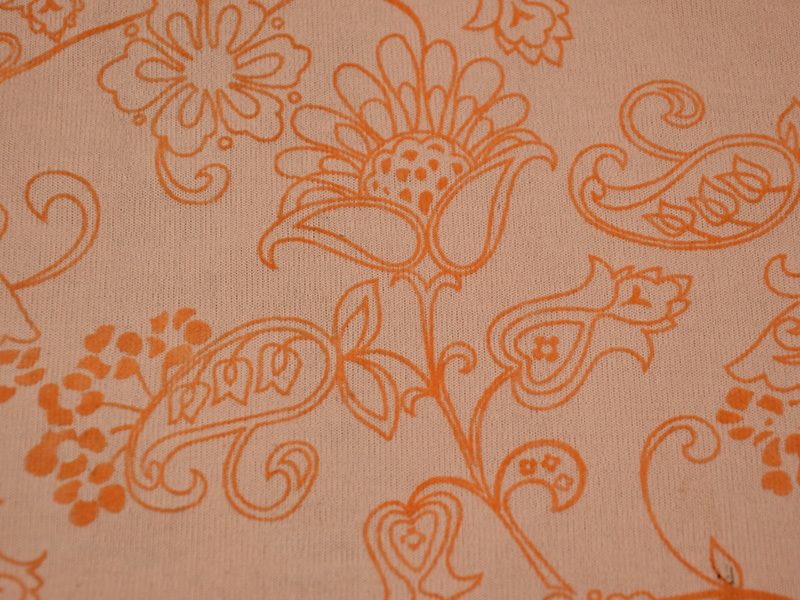In an era where outdoor activities are increasingly popular, understanding the importance of sun-resistant fabrics has never been more crucial. Whether you're lounging by the pool, hiking in the mountains, or simply enjoying a sunny day at the park, the right fabric can protect your skin from harmful UV rays while ensuring comfort and style. This article delves into the most sun-resistant fabrics available, their properties, and how to choose the best one for your needs.
Understanding UV Radiation and Its Effects
Before we explore specific fabrics, it’s essential to understand the nature of ultraviolet (UV) radiation. The sun emits three types of UV rays: UVA, UVB, and UVC. While UVC rays are mostly absorbed by the ozone layer, UVA and UVB rays can penetrate the skin, leading to sunburn, premature aging, and an increased risk of skin cancer. Therefore, selecting fabrics that offer adequate protection against these rays is vital.
What Makes a Fabric Sun-Resistant?
Sun-resistant fabrics are designed to block or absorb UV radiation. The effectiveness of a fabric in this regard is measured by its Ultraviolet Protection Factor (UPF) rating. UPF indicates how much UV radiation can penetrate the fabric. For instance, a fabric with a UPF of 50 allows only 1/50th of the sun's UV radiation to reach the skin, providing excellent protection.
Several factors contribute to a fabric's sun resistance:
- Fiber Type: Natural fibers like cotton and linen generally offer less UV protection compared to synthetic fibers. Polyester and nylon, for example, have inherent UV-blocking properties.
- Weave Density: Tightly woven fabrics provide better protection than loosely woven ones. The denser the weave, the less UV radiation can penetrate.
- Color: Darker colors absorb more UV radiation than lighter colors, making them more effective in blocking harmful rays.
- Chemical Treatments: Some fabrics are treated with UV-absorbing chemicals that enhance their sun-resistant properties.
The Most Sun-Resistant Fabrics
- Polyester: Known for its durability and resistance to shrinking and stretching, polyester is one of the best options for sun protection. It typically has a high UPF rating and is often used in outdoor clothing, swimwear, and activewear.
- Nylon: Similar to polyester, nylon is lightweight and strong, making it ideal for outdoor gear. It also offers excellent UV protection, especially when tightly woven.
- Acrylic: Often used in outdoor furniture and clothing, acrylic fibers provide good UV resistance. They are also resistant to fading, making them a popular choice for sunshades and awnings.
- Rayon: While rayon is a semi-synthetic fiber, it can offer decent UV protection when tightly woven. However, it may not be as durable as polyester or nylon.
- Specialty Fabrics: Many brands now produce fabrics specifically designed for sun protection. These may include chemical treatments that enhance their UPF ratings. Look for labels that indicate UPF ratings of 30 or higher for optimal protection.
Choosing the Right Sun-Resistant Fabric
When selecting sun-resistant fabrics, consider the following factors:
- Activity Level: For high-intensity activities, opt for lightweight, breathable fabrics that wick moisture away from the skin. Look for options with a UPF rating of 50+ for maximum protection.
- Comfort and Fit: Ensure that the fabric feels comfortable against your skin and allows for a full range of motion. Loose-fitting clothing can also provide an additional layer of protection by covering more skin.
- Care and Maintenance: Some sun-resistant fabrics may require special care to maintain their protective qualities. Always check the care label for washing instructions to ensure longevity.
- Style and Aesthetics: Sun protection doesn’t have to compromise style. Many brands offer fashionable options that incorporate sun-resistant fabrics, allowing you to look good while staying protected.
Conclusion
In conclusion, understanding what makes a fabric sun-resistant is essential for anyone who spends time outdoors. By choosing the right materials, you can significantly reduce your risk of UV exposure while enjoying your favorite activities. Polyester, nylon, and specialty fabrics with high UPF ratings are among the best options available. Remember to consider your activity level, comfort, and style preferences when selecting sun-resistant clothing. With the right choices, you can confidently embrace the sun while keeping your skin safe and healthy.

